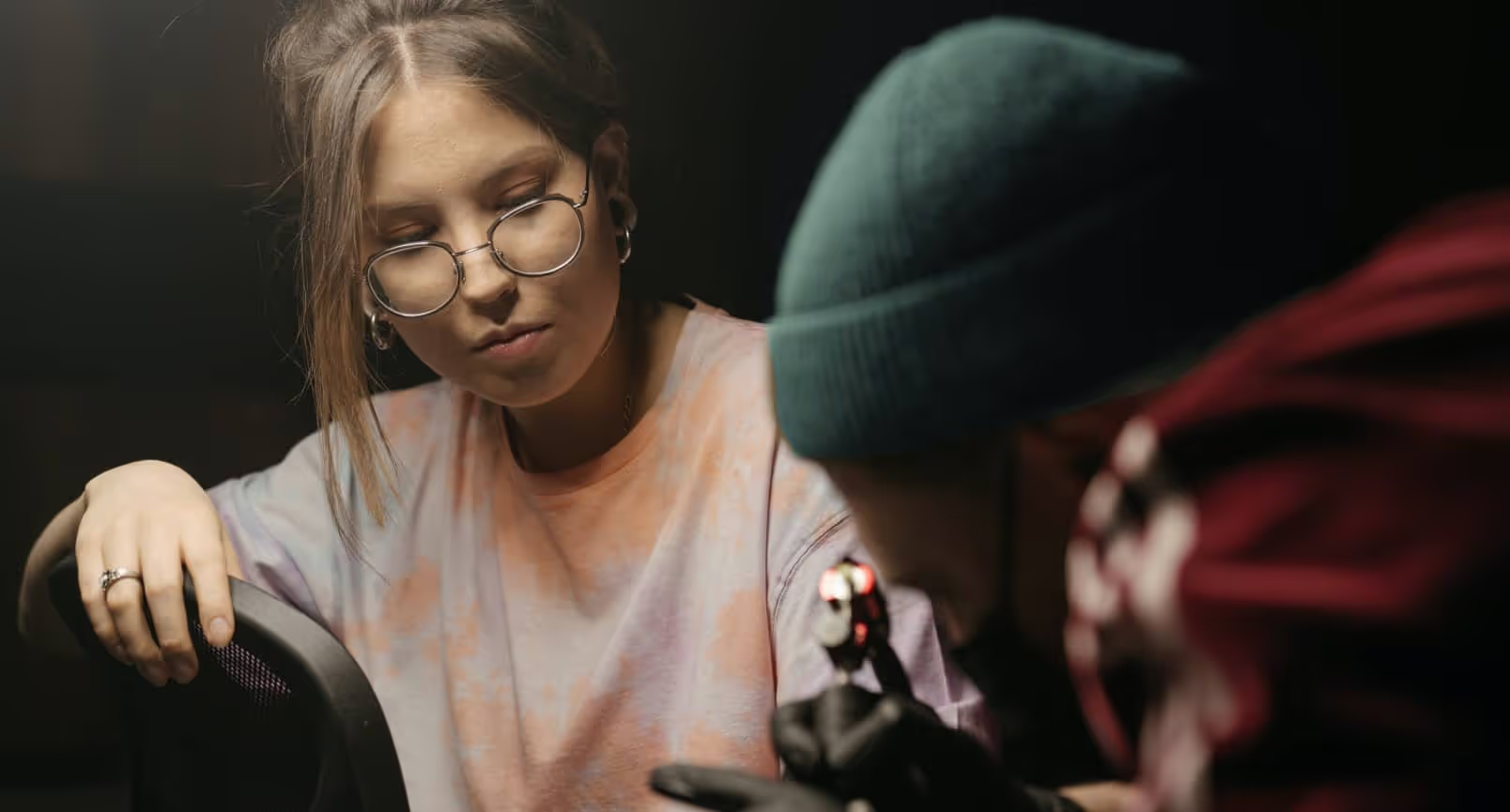How Tattoos Became Mainstream in Egypt and Jordan: Breaking Taboos, Building a Community
Explore how tattoos became widely accepted in Egypt and Jordan, moving from taboo to mainstream cultural expression.
.png)

most popular areas for a tattoo
Lorem ipsum dolor sit amet, consectetur adipiscing elit lobortis arcu enim urna adipiscing praesent velit viverra sit semper lorem eu cursus vel hendrerit elementum morbi curabitur etiam nibh justo, lorem aliquet donec sed sit mi dignissim at ante massa mattis.
- Neque sodales ut etiam sit amet nisl purus non tellus orci ac auctor
- Adipiscing elit ut aliquam purus sit amet viverra suspendisse potent
- Mauris commodo quis imperdiet massa tincidunt nunc pulvinar
- Excepteur sint occaecat cupidatat non proident sunt in culpa qui officia
what to know before getting tattooed
Vitae congue eu consequat ac felis placerat vestibulum lectus mauris ultrices cursus sit amet dictum sit amet justo donec enim diam porttitor lacus luctus accumsan tortor posuere praesent tristique magna sit amet purus gravida quis blandit turpis.

sensitivity is different on each skin
At risus viverra adipiscing at in tellus integer feugiat nisl pretium fusce id velit ut tortor sagittis orci a scelerisque purus semper eget at lectus urna duis convallis. porta nibh venenatis cras sed felis eget neque laoreet suspendisse interdum consectetur libero id faucibus nisl donec pretium vulputate sapien nec sagittis aliquam nunc lobortis mattis aliquam faucibus purus in.
- Neque sodales ut etiam sit amet nisl purus non tellus orci ac auctor
- Adipiscing elit ut aliquam purus sit amet viverra suspendisse potenti
- Mauris commodo quis imperdiet massa tincidunt nunc pulvinar
- Adipiscing elit ut aliquam purus sit amet viverra suspendisse potenti
prevent allergies and request natural ink
Nisi quis eleifend quam adipiscing vitae aliquet bibendum enim facilisis gravida neque. Velit euismod in pellentesque massa placerat volutpat lacus laoreet non curabitur gravida odio aenean sed adipiscing diam donec adipiscing tristique risus. amet est placerat in egestas erat imperdiet sed euismod nisi.
“Nisi quis eleifend quam adipiscing vitae aliquet bibendum enim facilisis gravida neque velit euismod in pellentesque”
proper cleaning is important
Eget lorem dolor sed viverra ipsum nunc aliquet bibendum felis donec et odio pellentesque diam volutpat commodo sed egestas aliquam sem fringilla ut morbi tincidunt augue interdum velit euismod eu tincidunt tortor aliquam nulla facilisi aenean sed adipiscing diam donec adipiscing ut lectus arcu bibendum at varius vel pharetra nibh venenatis cras sed felis eget.
proper cleaning is important
How Tattoos Became Mainstream in Egypt and Jordan: Breaking Taboos, Building a Community
Ancient Traditions Meet Modern Change
Tattooing in Egypt and Jordan has roots stretching back centuries. In ancient Egypt, tattoos served spiritual, cultural, and even medicinal purposes, often linked to religious or tribal identity. In Jordan, Bedouin women traditionally used facial and hand tattoos to signify status or tribal allegiance. However, in both countries, social norms and religious views led to tattoos being frowned upon or considered taboo for much of the modern era.
Breaking Taboos: The Turning Point
Why Tattoos Were Taboo
- Religious Interpretations: In both Islamic and conservative Christian communities, tattooing was associated with the idea of bodily harm or impurity and thus discouraged.
- Social Stigma: Tattoos were linked to rebellion, crime, or social deviance. Getting inked was seen as an act of defiance rather than expression.
- Hidden Scenes: Artists largely operated underground or at home. Legal licensing was rare to non-existent, and safety standards varied greatly, reinforcing the marginal status of the practice.
What Catalyzed Change?
- Internet & Social Media: Young people in Egypt and Jordan connected to global trends, sharing inspiration through Instagram and online communities, and made tattoo culture more visible.
- Local Pioneers: Artists like TattooTwon in Cairo and Huzz Ink in Dubai challenged the status quo, opening professional studios with global hygiene and design standards. Their visible presence inspired new clients and normalized tattoos as art, not taboo.
- Events and Community: Tattoo conventions, collaborative events, and artist networks gave legitimacy to the art form. These gatherings fostered acceptance, connected artists, and provided education on safety and creative expression.
- Art as Personal Expression: Increasingly, tattoos were embraced as symbols of identity, memory, or self-expression, not just rebellion. Modern artists focused on meaningful, personalized designs for diverse clients.
Building a Community: The Rise of Pro Studios
The Role of Studios Like Riders Studios
- Legitimization: Professional studios such as Riders Studios in Cairo and Amman operated openly, securing official licenses and collaborating with international collectives. This visibility shifted public perception and encouraged industry standards.
- Safety and Inclusivity: These studios prioritize international hygiene, skill diversity, and a welcoming atmosphere for all backgrounds, breaking stereotypes that tattoos are just for certain groups.
- Education and Outreach: Artists run public Q&As, social campaigns, and creative workshops, demystifying tattoos and highlighting the craft’s artistic side.
Impact and Continuing Evolution
- Wider Acceptance: Tattoos today are seen increasingly as a fashionable form of self-expression and art, especially among younger generations and creative professionals.
- Tourism and Cross-Cultural Appeal: Studios now serve both local and international clientele, with travelers seeking unique designs that blend Middle Eastern heritage with modern technique.
- Diverse Styles and Techniques: From ancient motifs and Arabic calligraphy to modern realism, the breadth of styles on offer reflects client diversity and cultural pride.
Table: Key Moments in the Shift of Tattoo Culture
Era/Factor Egypt Jordan Ancient Tradition Spiritual/tribal tattoos, especially among women Bedouin facial & hand tattoos for tribal identity 20th Century Taboos Religious and social stigma, underground scene Stigma, association with deviance, home studios Modern Era Rise of pro studios, social media, visible pioneers Growing youth acceptance, pro studios, community events
Conclusion
Tattoos in Egypt and Jordan have journeyed from ancient identity markers to taboo, and now to mainstream art and personal expression. The rise of professional studios, visionary artists, and a youth-driven culture of openness has built a vibrant, inclusive tattoo community. No longer hidden, tattoos have become a symbol of individuality, artistry, and modern Middle Eastern confidence.


.avif)

.png)
.png)
.png)